Never perhaps in the history of the world has such havoc been wrought, and wrought suddenly, on so splendid a city, teeming with a wealthy and industrious population in the full plentitude of prosperity one day, and on the next seized, pillaged, and reduced to ruins, amid scenes of savage massacre and horrors begging description.
–Robert Sewell, A Forgotten Empire.
History and mythology intertwines effortlessly as local guides narrates the story of Hampi, once a world class city and trade centre of 14th century, built and ruled by the kings spanning four dynasties starting with Harihara and Bukka. The mythological flavour comes from Ramayana as this place is considered as the seat of the Kishkindha, the monkey kingdom ruled by Sugriva.
Hampi ruins is now a UNESCO World Heritage site, attracting travelers from far and wide. Much has been written about Hampi by travel writers in media, personal blogs, and travel sites. So, we don’t intend to reinvent the wheel and talk about the same stories. Hampi was in our bucket list since 2006. In 2010, this book found its place in our shelves as a gift from a dear friend. Yet it took another 8 years for this to be ticked off from the list.
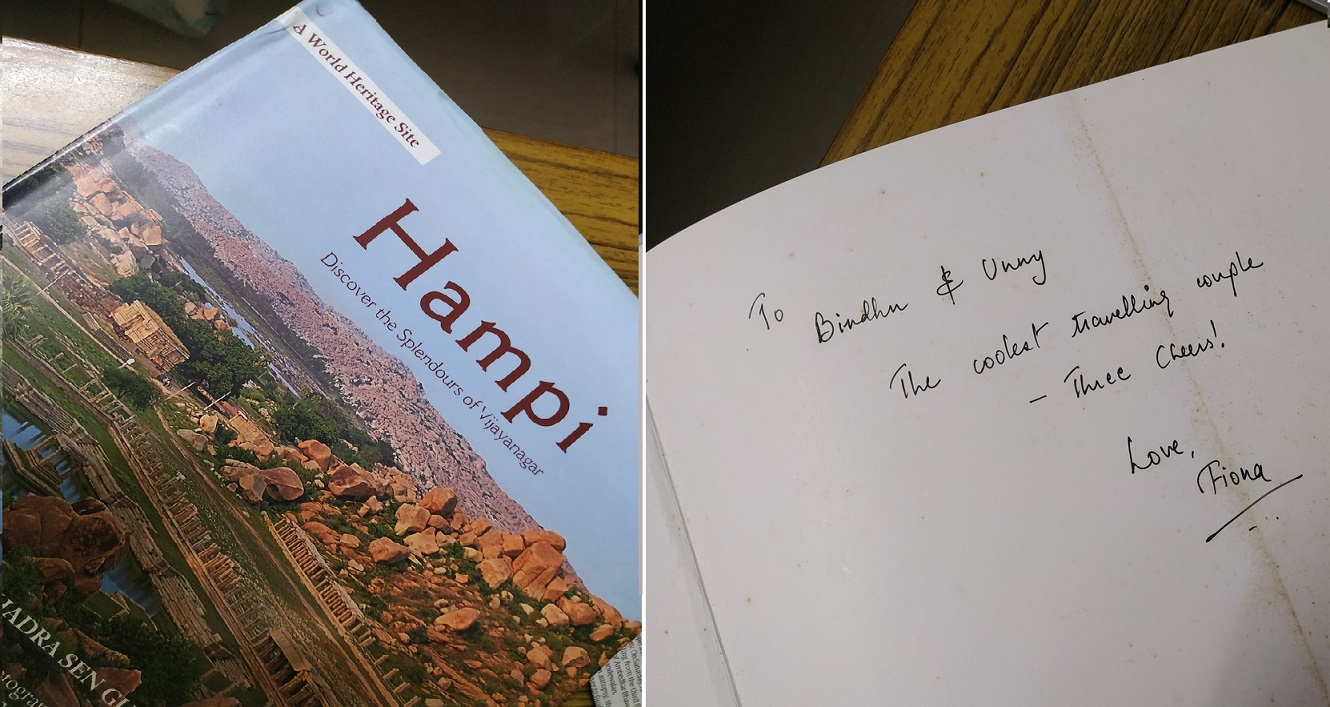
When we started planning this trip, getting the itinerary right was the first task. We were driving from Mumbai with another family friend and three days/four nights was the plan. We did much of our research online, collecting from multiple blogs and sites, spoke to a few people, and marked the must-do things. Hampi has many faces, though mostly it is known for history. So here is our Hampi itinerary—touching History, Hippiness, Adventure, Hikes and Wildlife.
Day 1 – The Ruins and the History
The history and ruins can be done in two days or just one. Do get a professional guide if you are visiting for the first time. Guides would recommend one day and if you insist to go a little deeper, they would suggest one and a half days. We covered most of the parts in one day—The Vitthala Temple, Malyavanta Hill and the temple, Royal enclosure, the elephant stables, watch tower, Lotus Mahal, Queen’s bath, Hazara Rama temple, Virupaksha temple and the bazaar, and finally closed the day with a sunset at the Hemakuta hills. The old bazaar structure near Virupaksha temple leads to the Matanga hills, which can be another option for watching the sunset. But for some reason, our guide suggested that we should not go to Matanga for sunset as there could be wild animals coming out as the sun sets. He suggested Matanga hills for watching sunrise. Malyavanta hills have both sunset and sunrise points.
To be sure, one can spend more than 3 or 4 days exploring the vast ruins of Hampi, along the Tungabhadra as well as inland, in villages.
Day 2 – A Short Trek, Bouldering, Swimming, and more.
On the second day, we chose to spend time on the other side of the river, the Anegundi village, which is the ancient part and believed to be the place referred as Kishkindha in mythology. Anegundi welcomes you warmly with its sprawling green paddy fields whose borders often marked by series of coconut palms, and banana plantations, interspersed with islands of small and big boulders. Anegundi also has ancient temples and ruins, but we did not get enough time to visit those. We settled for a quick trek up the Anjanadri hill, which offers awesome views of the village.
In the recent times, the Anegundi side is being known for its hippie island, which is a small island on the Tungabhadra river. One can reach the island by road through Anegundi, as we did, or by a short ride on a coracle from the banks on the side of the main temple, the Virupaksha temple at Hampi. Hippie island is a single street with paddy fields on one side and row of shacks, which offers world cuisine, drinks, and stay on the other side. We settled in one of those open restaurants for our breakfast and then headed for a stroll. The stroll then led us to sign up for a 2-hour bouldering session. With an expert trainer, despite the hot sun, the mini-adventure was worth it.
The second half of the day, after a sumptuous lunch and beer in one of those shacks, we set off looking for the Sanapur Lake. Sanapur lake was suggested to us as the best option for a swim. The lake was brimming with water and we opted for a coracle ride to a swimming area on the other bank. As the boatman swiftly rowed us to the swimming area, our hearts were in our mouth. Contented with the swim, we returned with the intention of getting back to hotel. Since the google map showed something called the ‘Hampi Waterfalls,’ we decided to check out that. Soon, we were again in the water, enjoying a back massage under the water fall.
Day 3 – A Dam and Then Some Wildlife
Dams are often part of our itinerary. If there is a dam near our destinations, we ensure that we check out them. And some thing of the scale and as grand as Tungabhadra could not be missed. Inaugurated in the year 1953, this massive dam generates power and fulfill the water needs of vast areas of Karnataka, Tamil Nadu, and Andhra Pradesh. There is a watchtower, which is short trek up from the dam, offering a panoramic view of the endless stretch of the reservoir and the gardens. We spent a few hours hiking up and lazing around the garden area before settling down for lunch at Hospet town.
The second half was reserved for the Daroji Sloth Bear Sanctuary, which opens only from 2 pm to 6 pm. Battered country roads will take you to the sanctuary, which is about 16 km from Hampi. Private vehicles are allowed inside the sanctuary till a watch point, which has a small tower and a couple of benches. You can wait there from 2 pm to 6, and if you are lucky, you will get a good sighting. We were indeed, as we saw more than four of them at a distance.
If we had a couple of days more, this is what we would have done. First, spend a day more at the ruins, hike up the Matanga and Malyavanta hills. Second, spend at least half a day in Anegundi and spend an early morning for bouldering.
Hampi has many things to offer for any traveler. Take your pick and pack your bags.
Stay options: Hampi has a couple of decent and affordable hotels such as the Clarks Inn and the Mayura Bhuvaneshwari (Karnataka Tourism). There are many small hotels and homestays in and around the main temple. The hippie island also has a slew of small hotels. Then there are also many high-end resorts such as the Evolve Back, which are slightly away from the ruins.
Food: The main temple area is dotted by many restaurants and rooftop cafes, which offer a wide range of food options, though vegetarian. Hippie island has many cafes and restaurants that offer Indian and continental fare, both vegetarian and non-vegetarian. Alcohol is available in the restaurants at the hippie island.


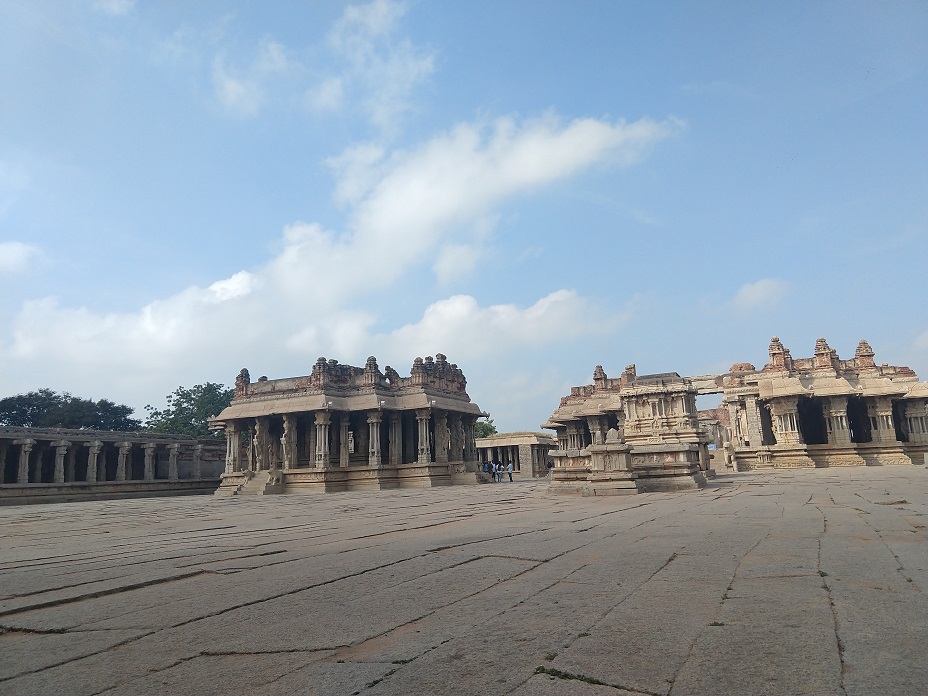
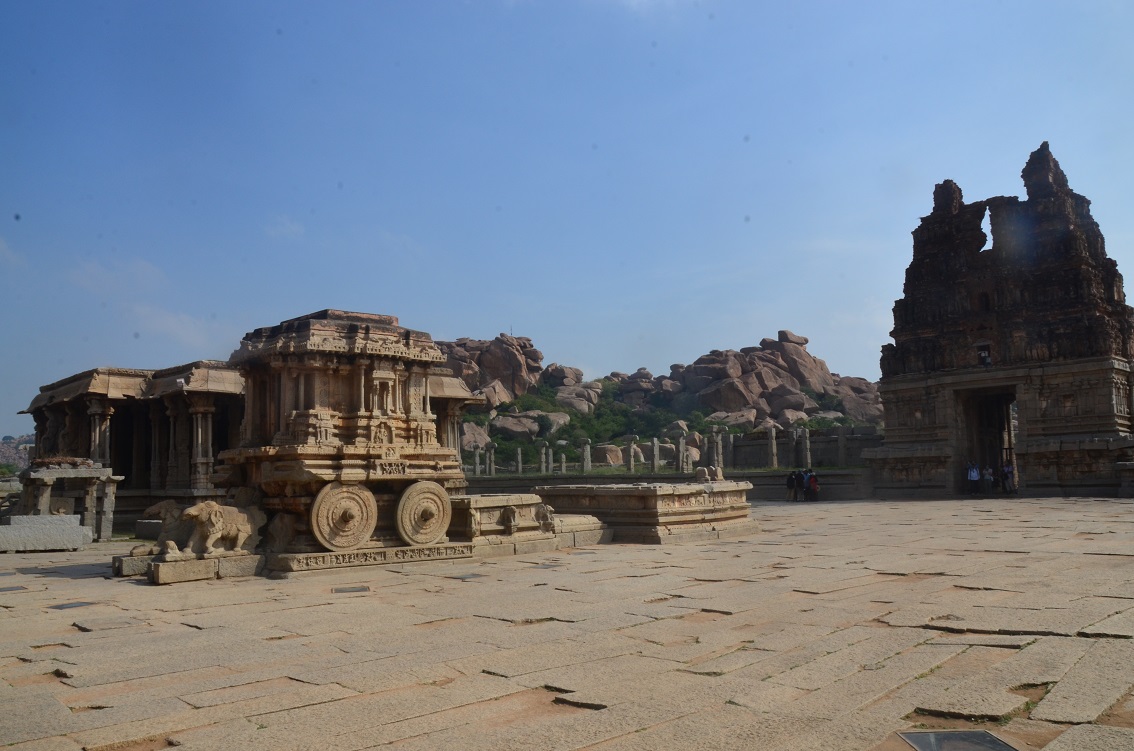
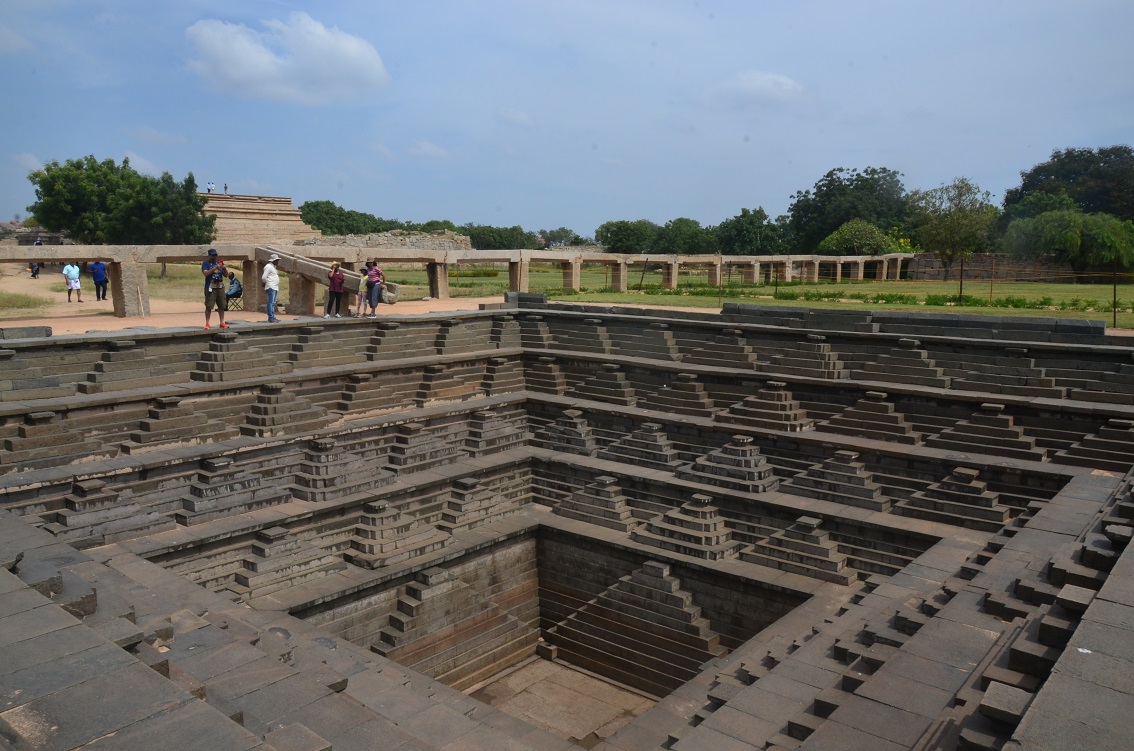
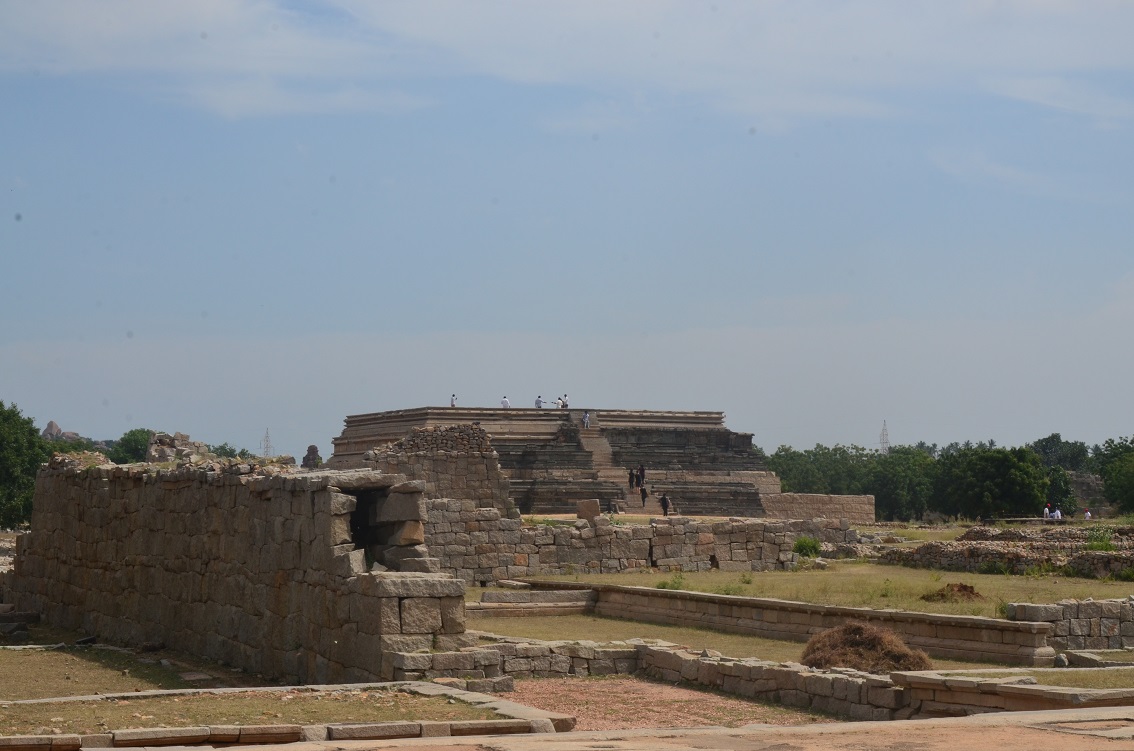
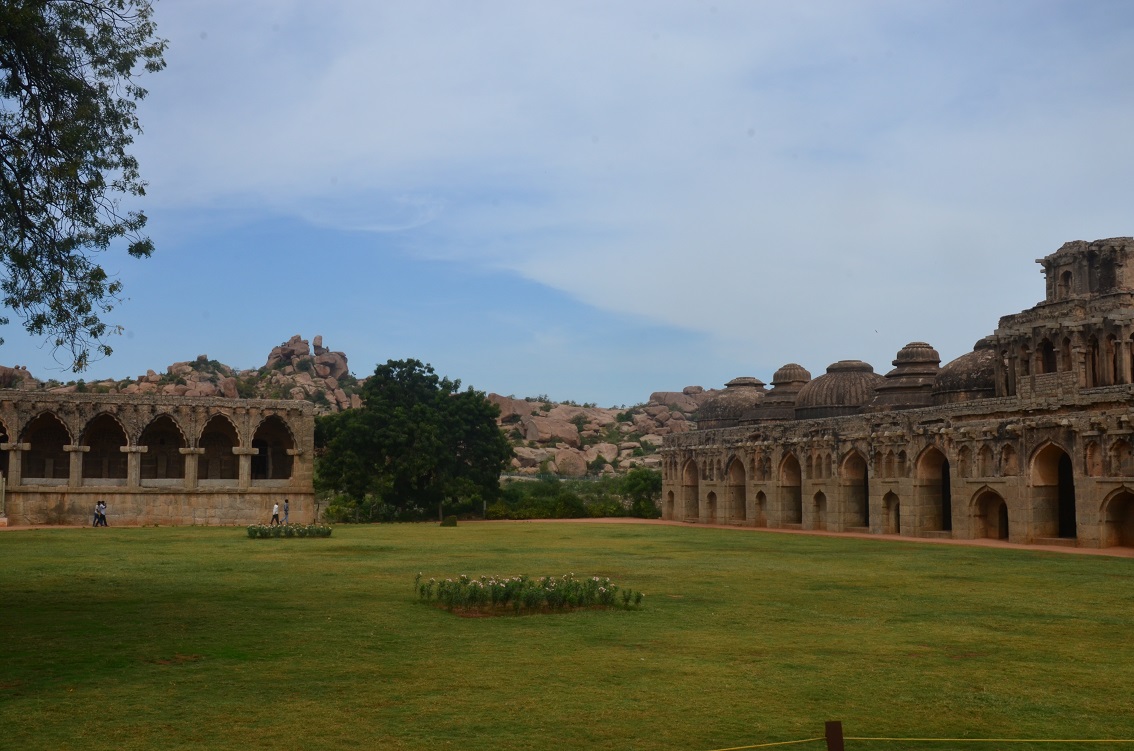
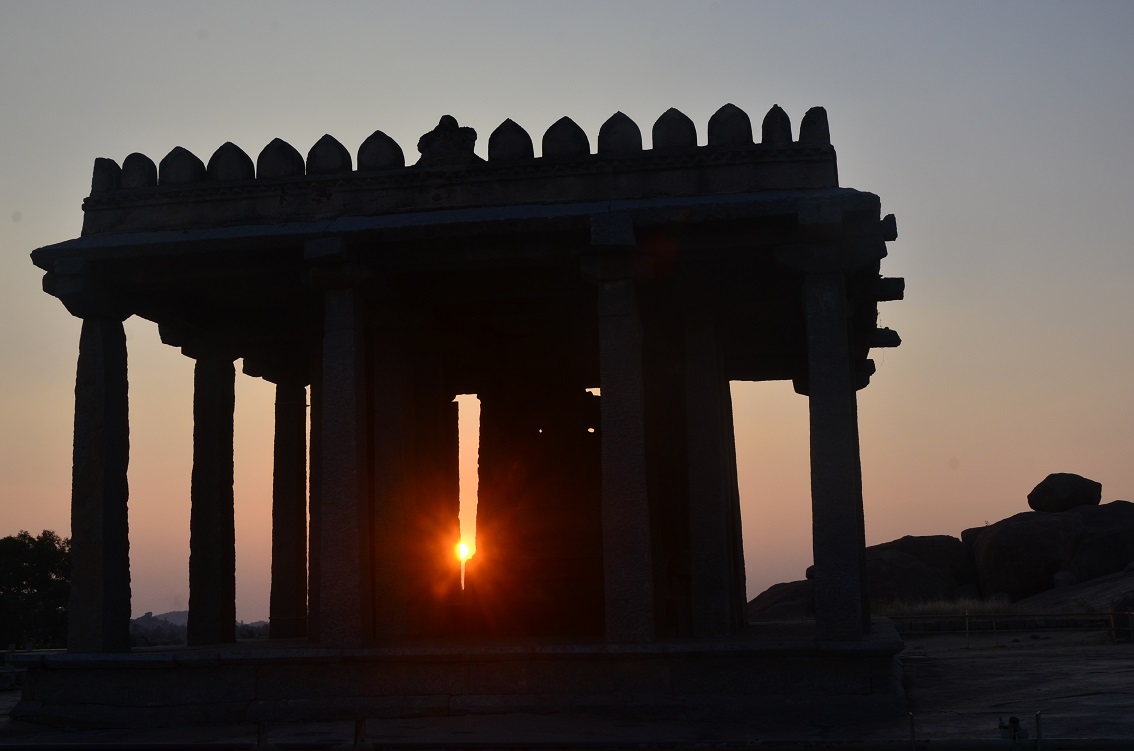
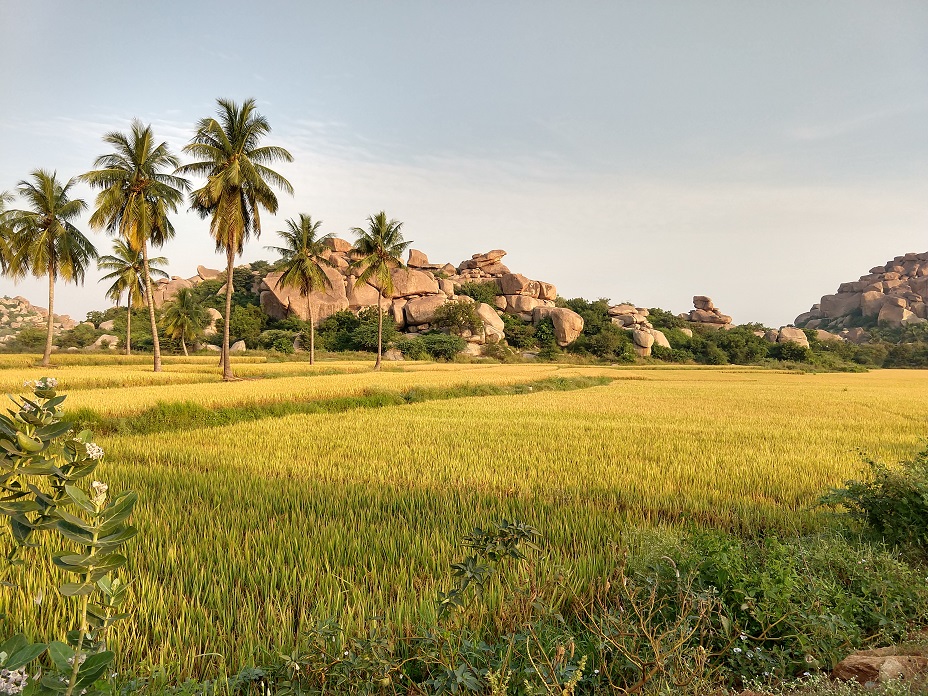
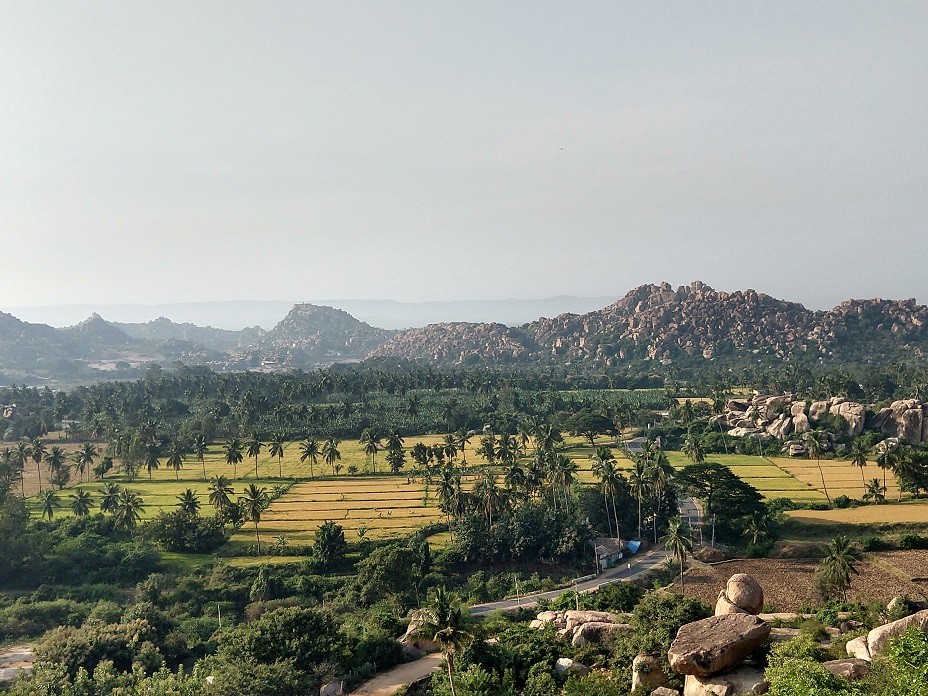
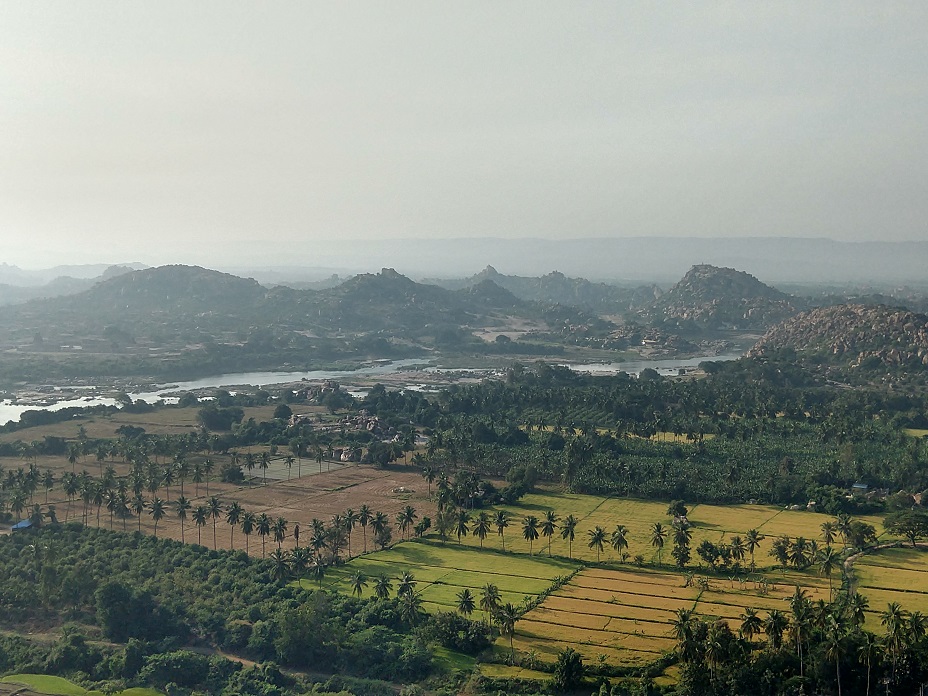
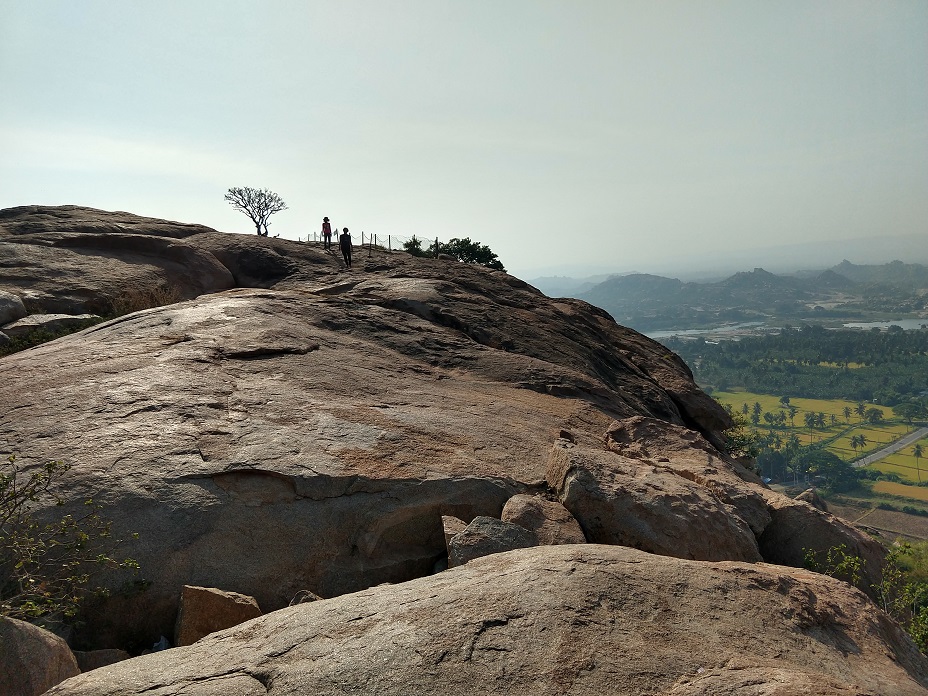
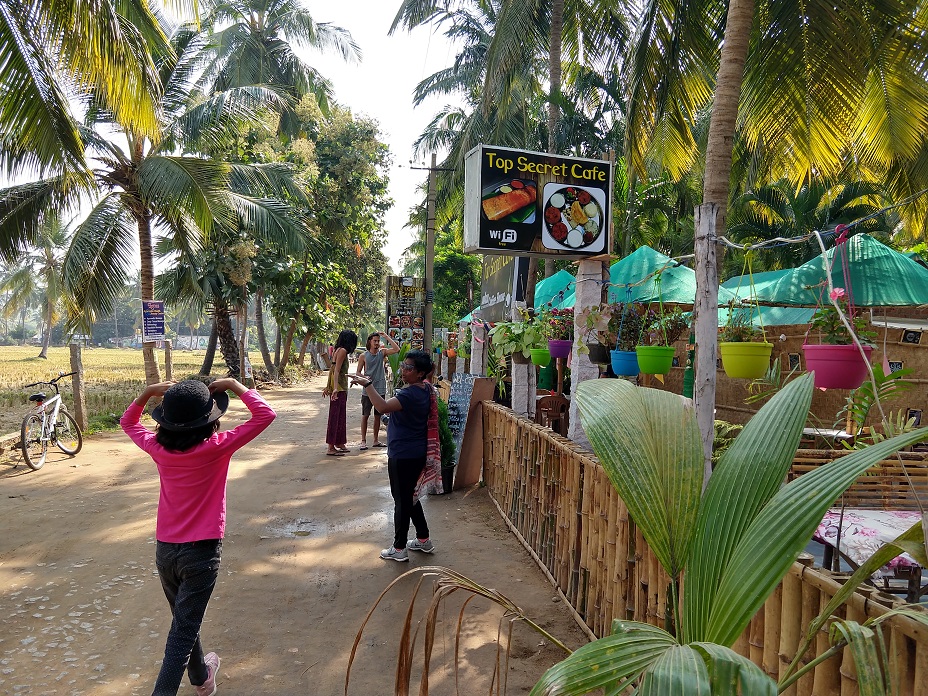
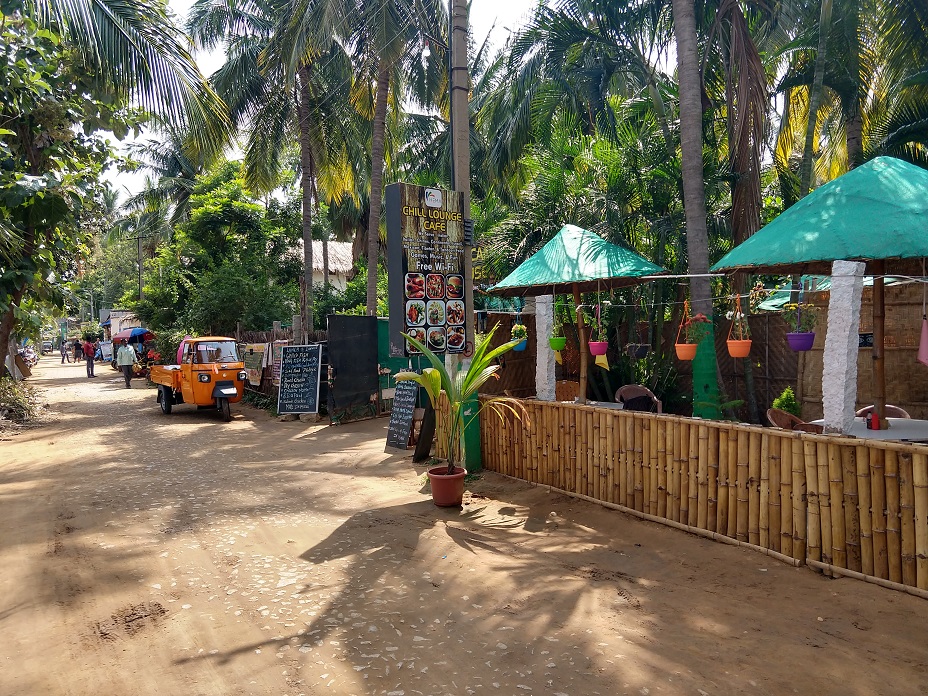
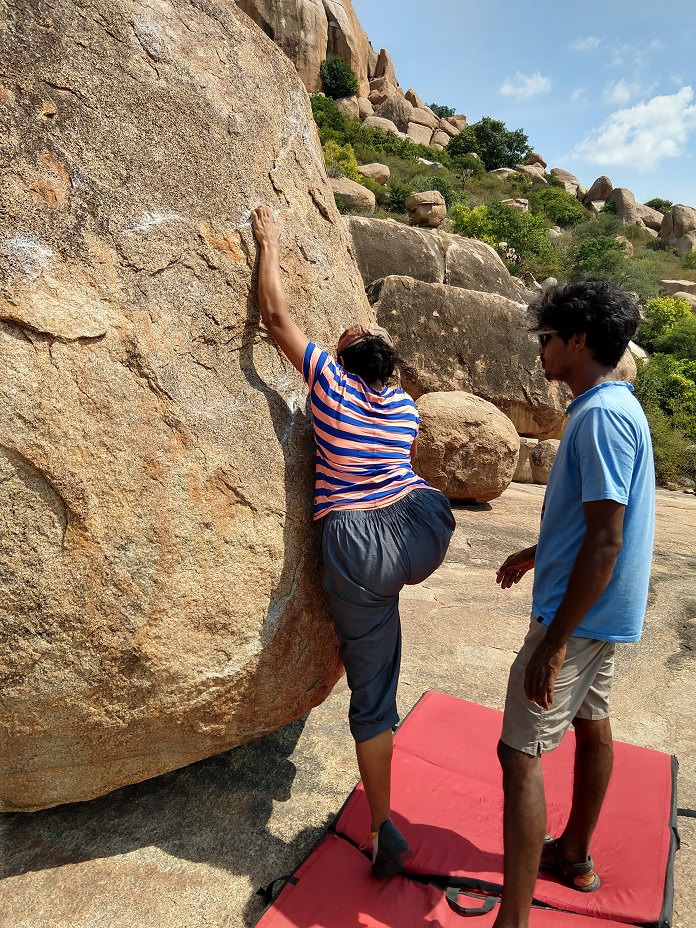
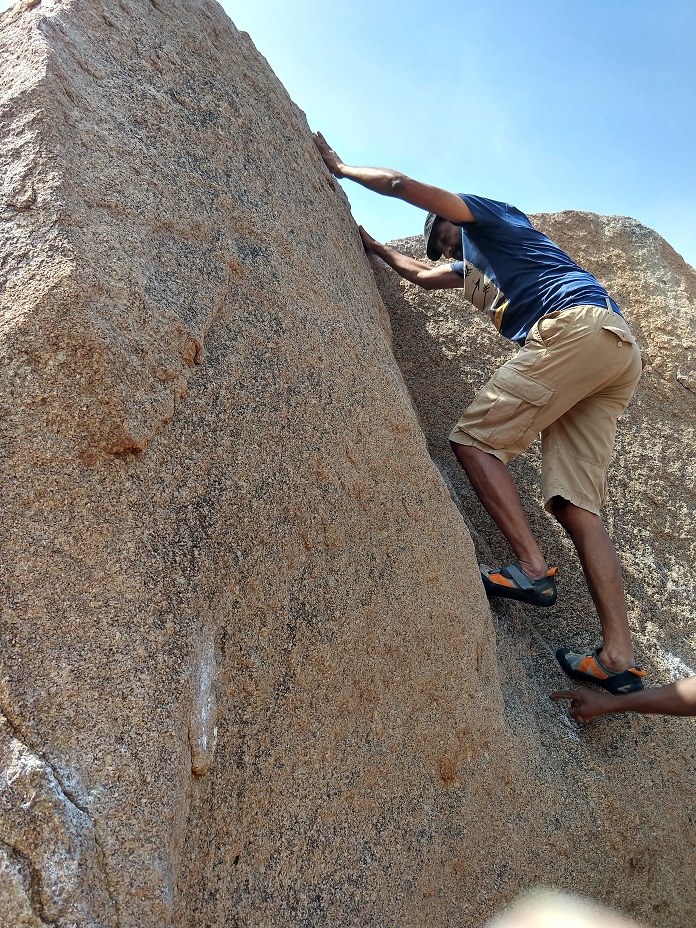
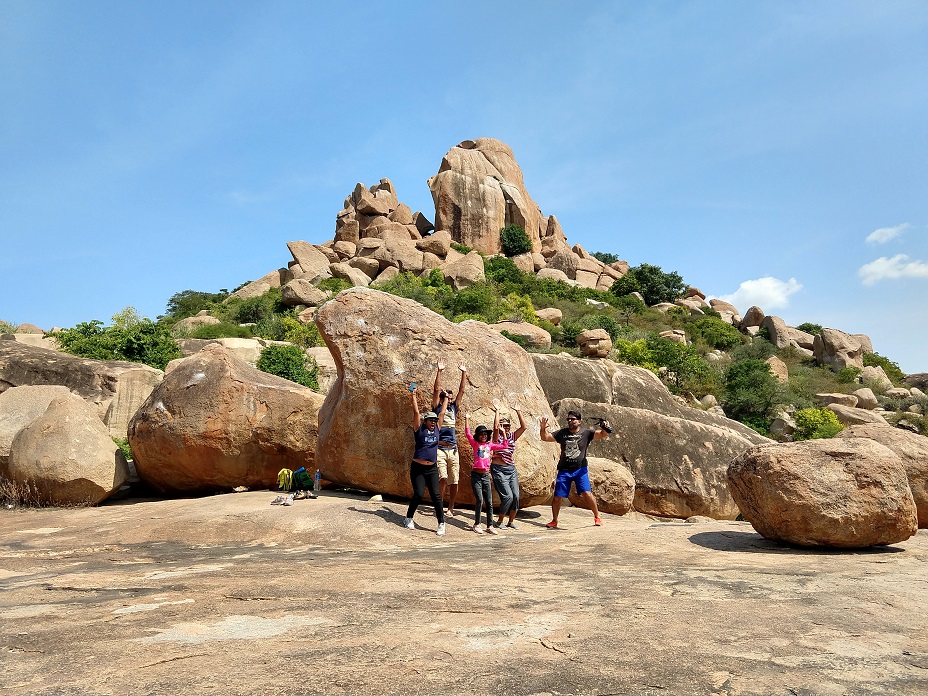
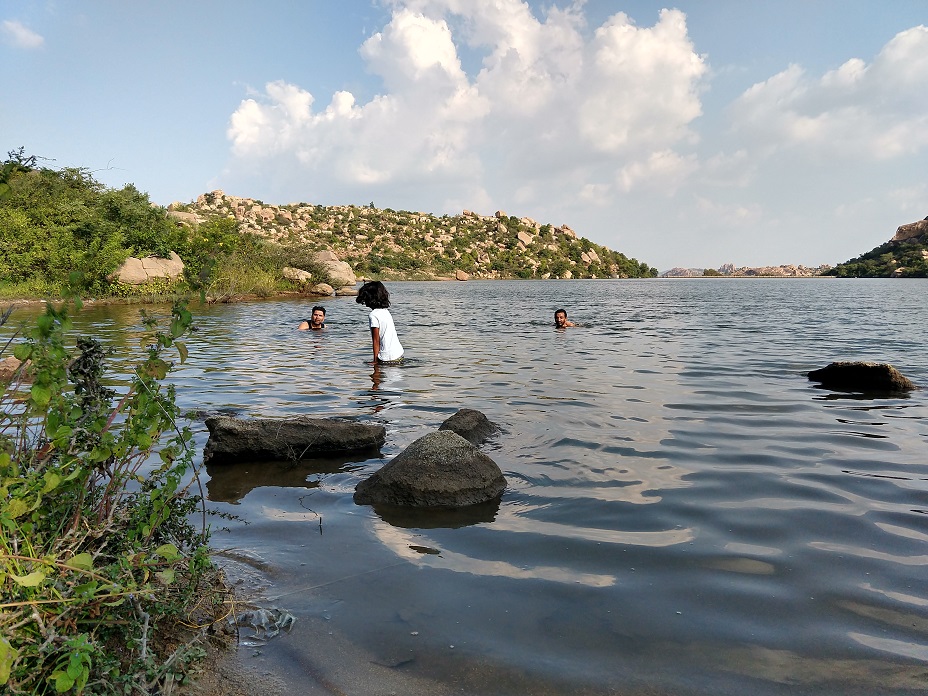
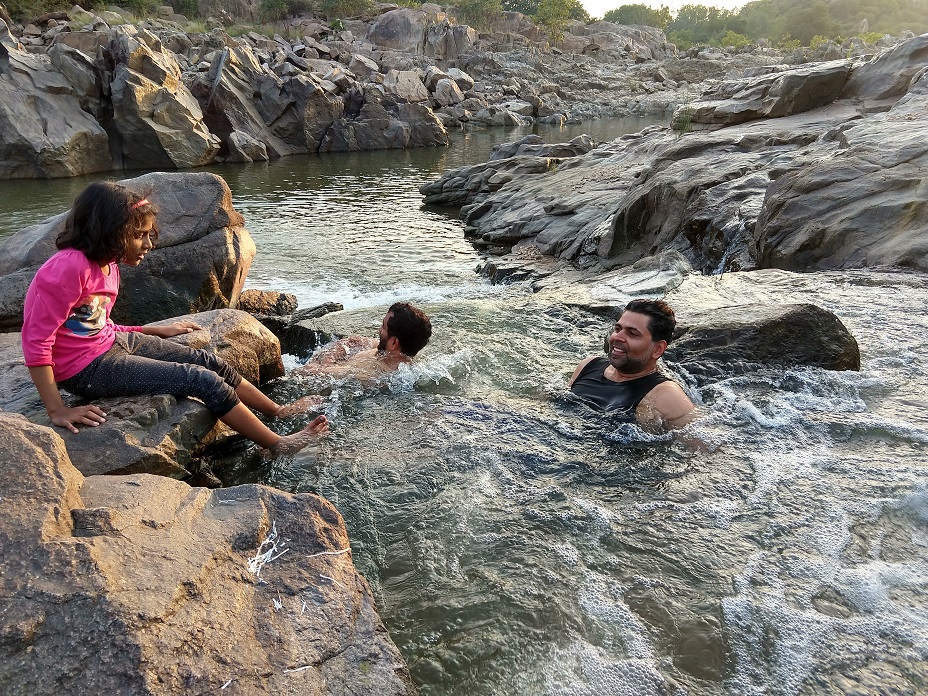
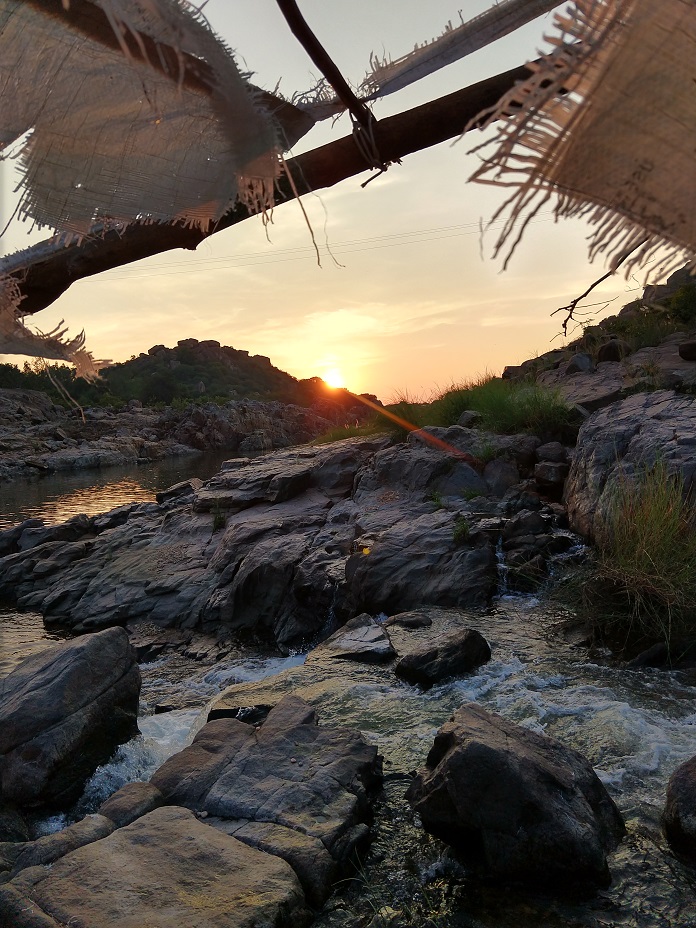
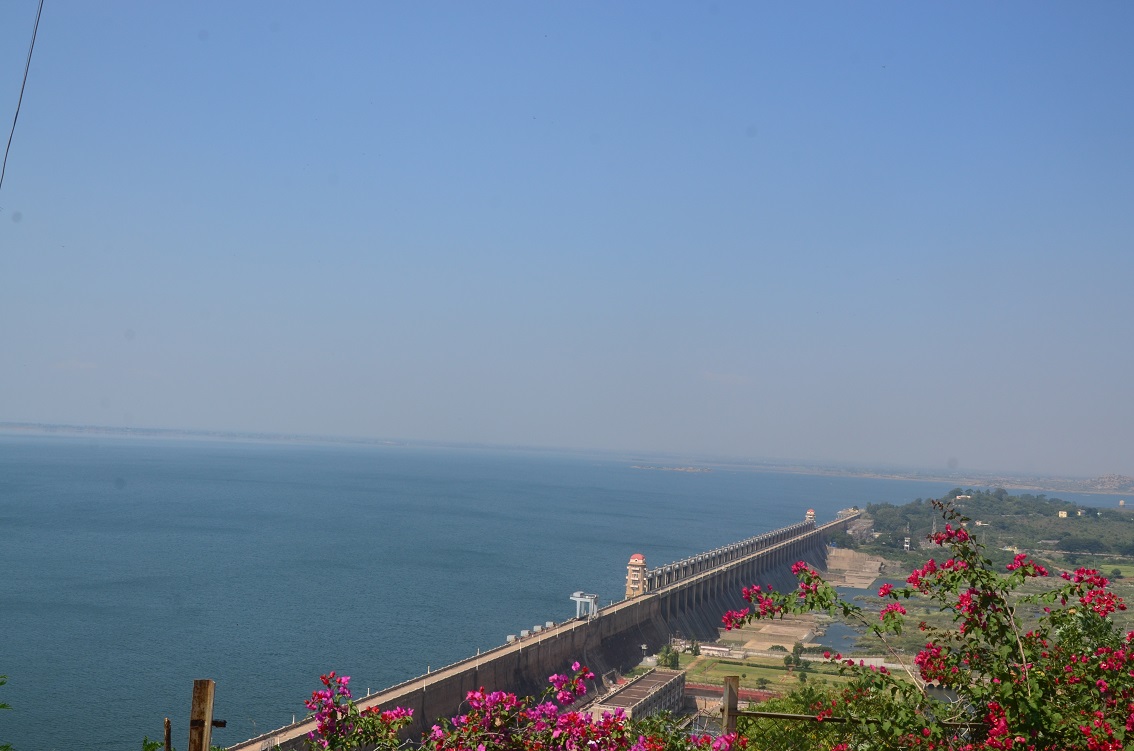
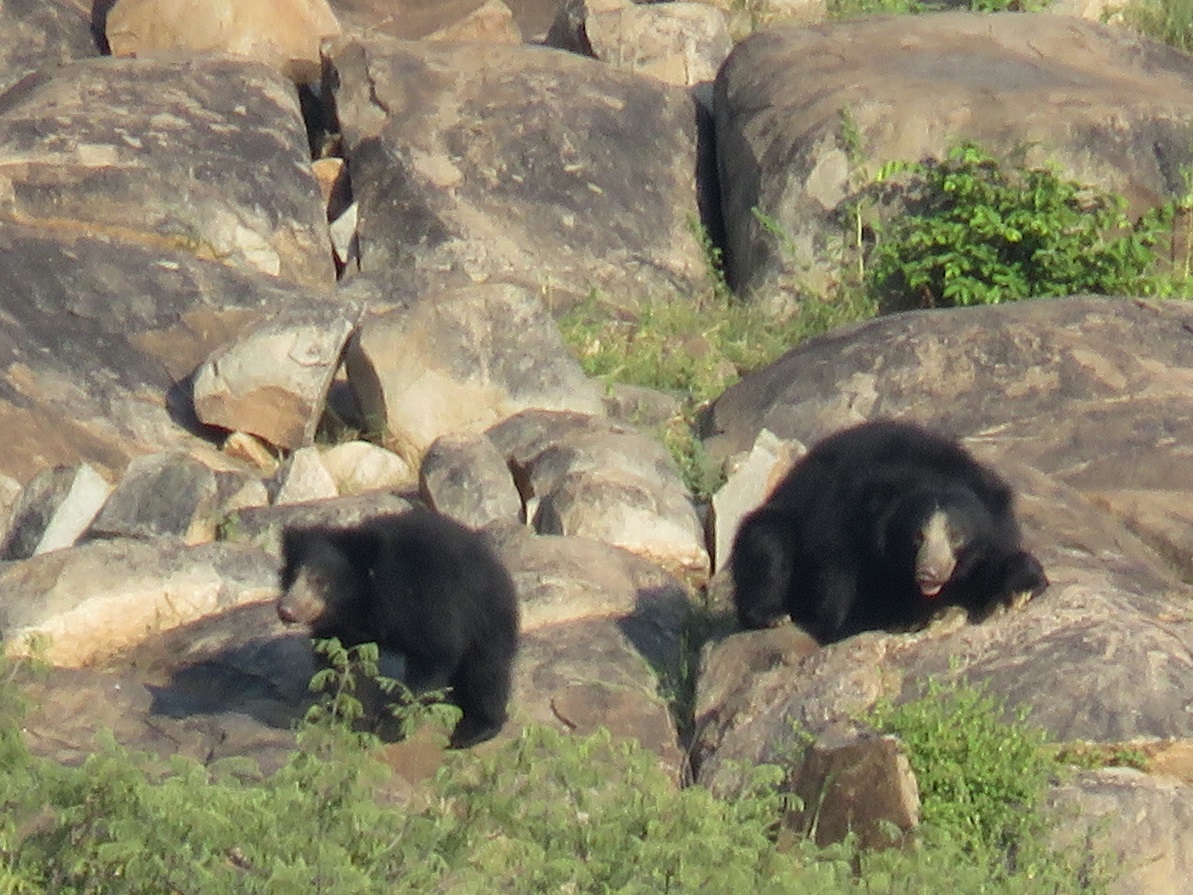
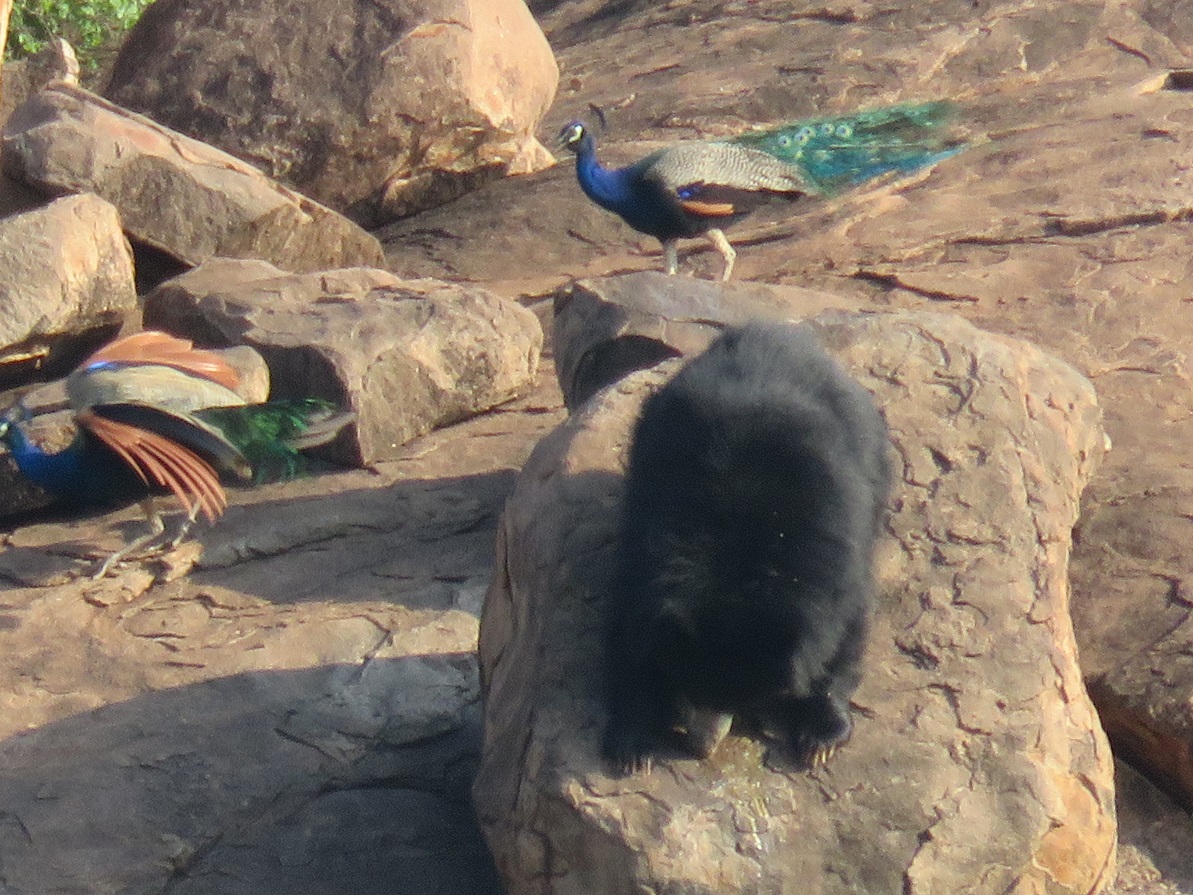
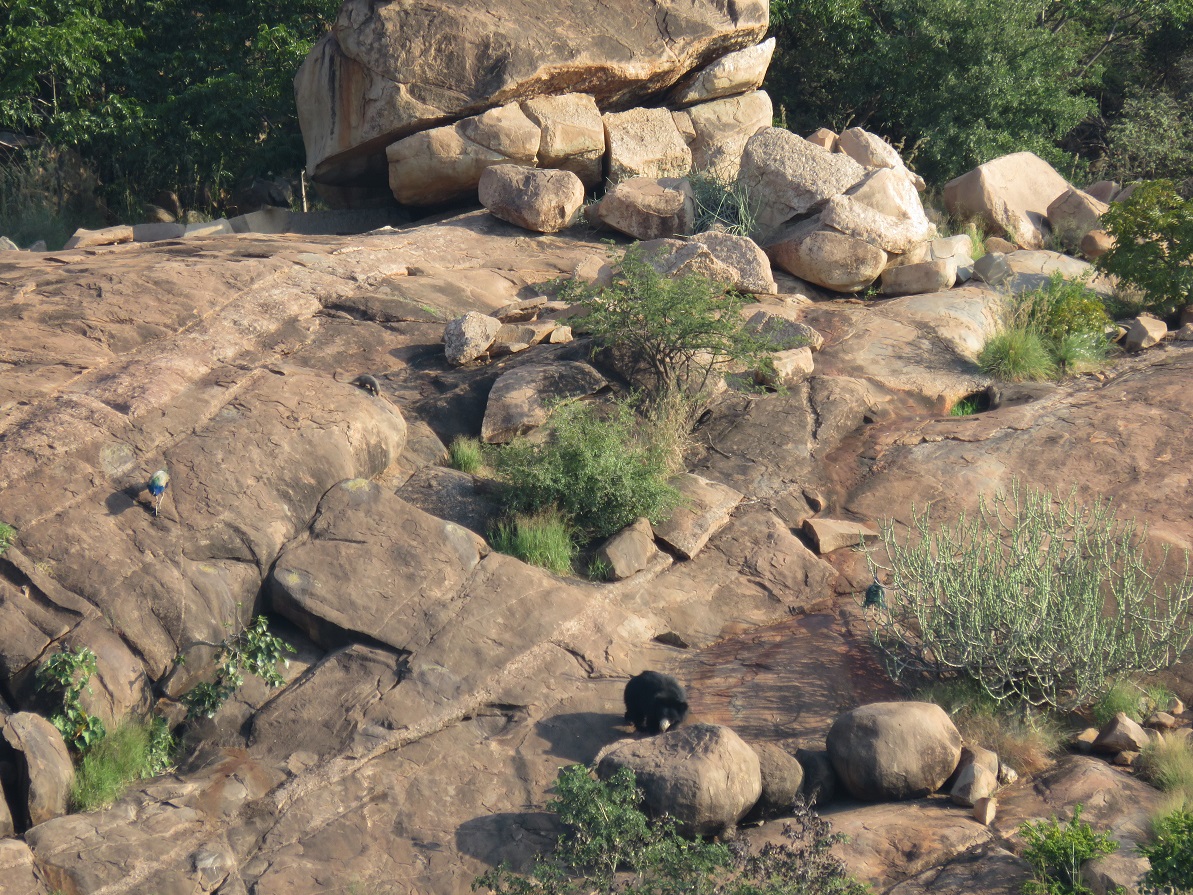
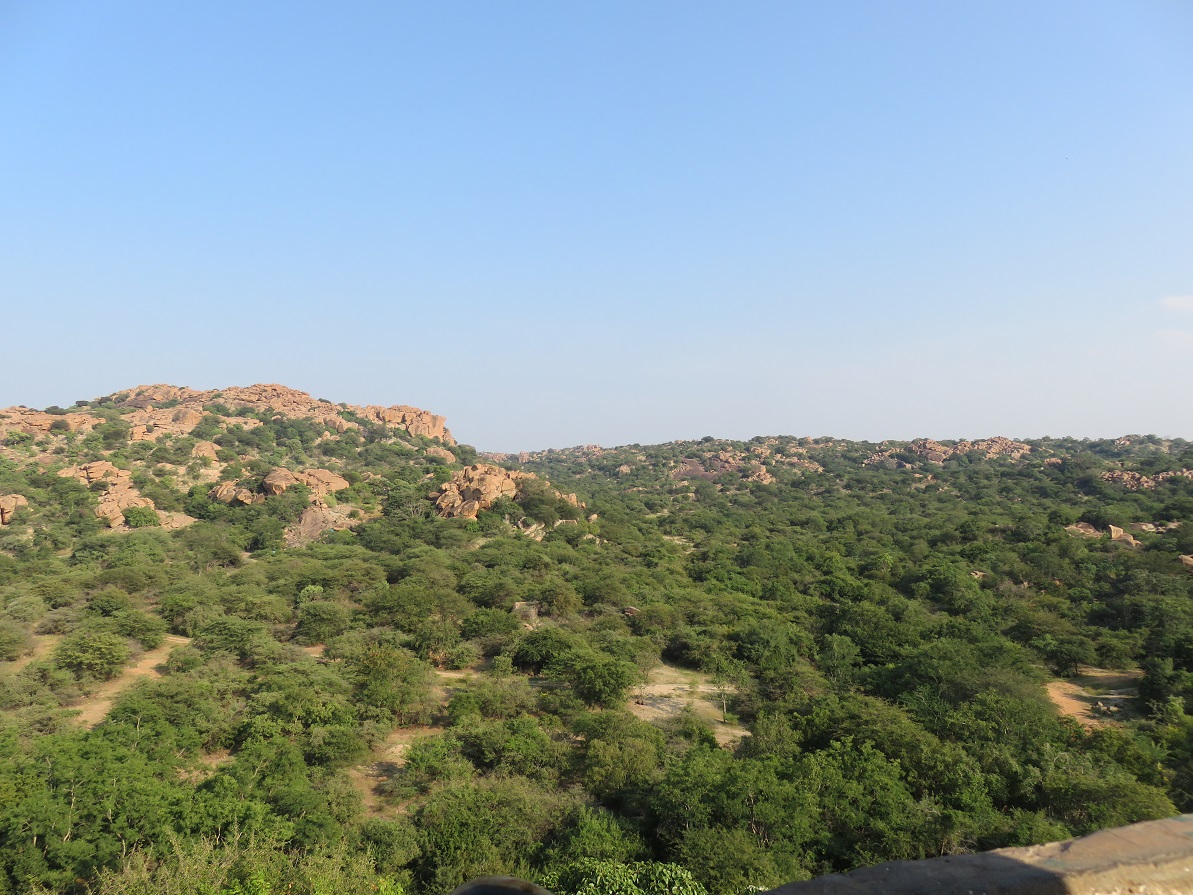
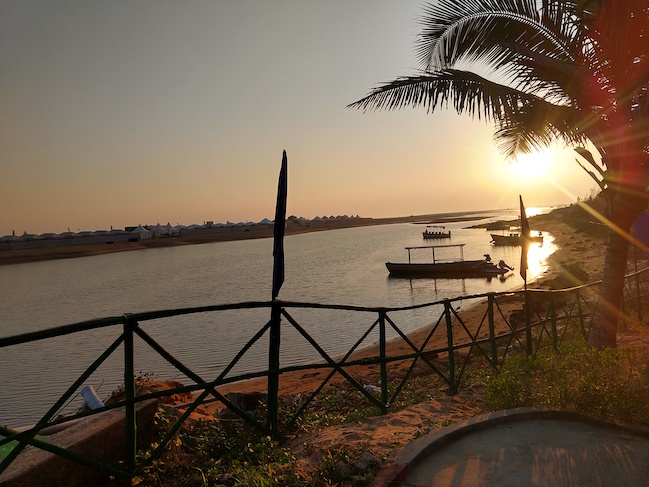
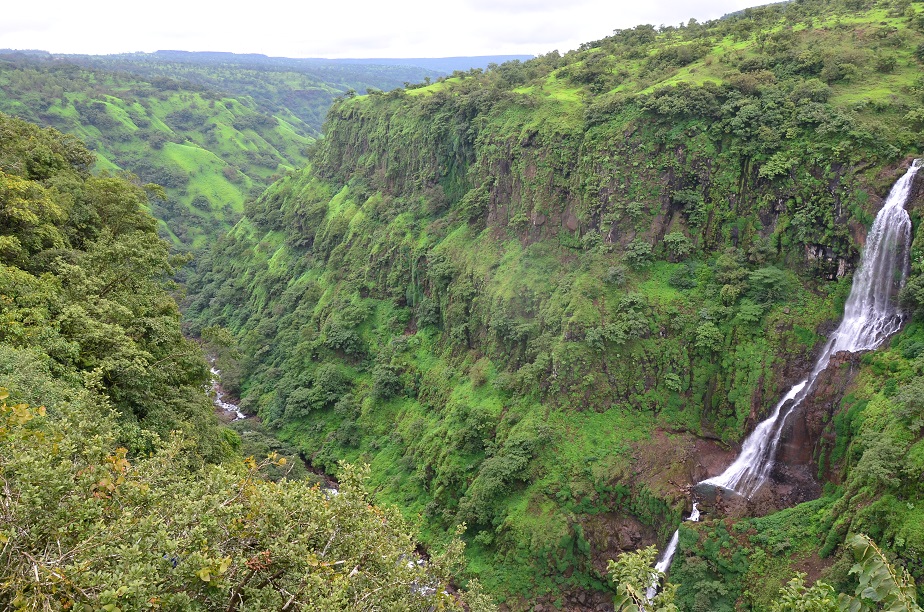
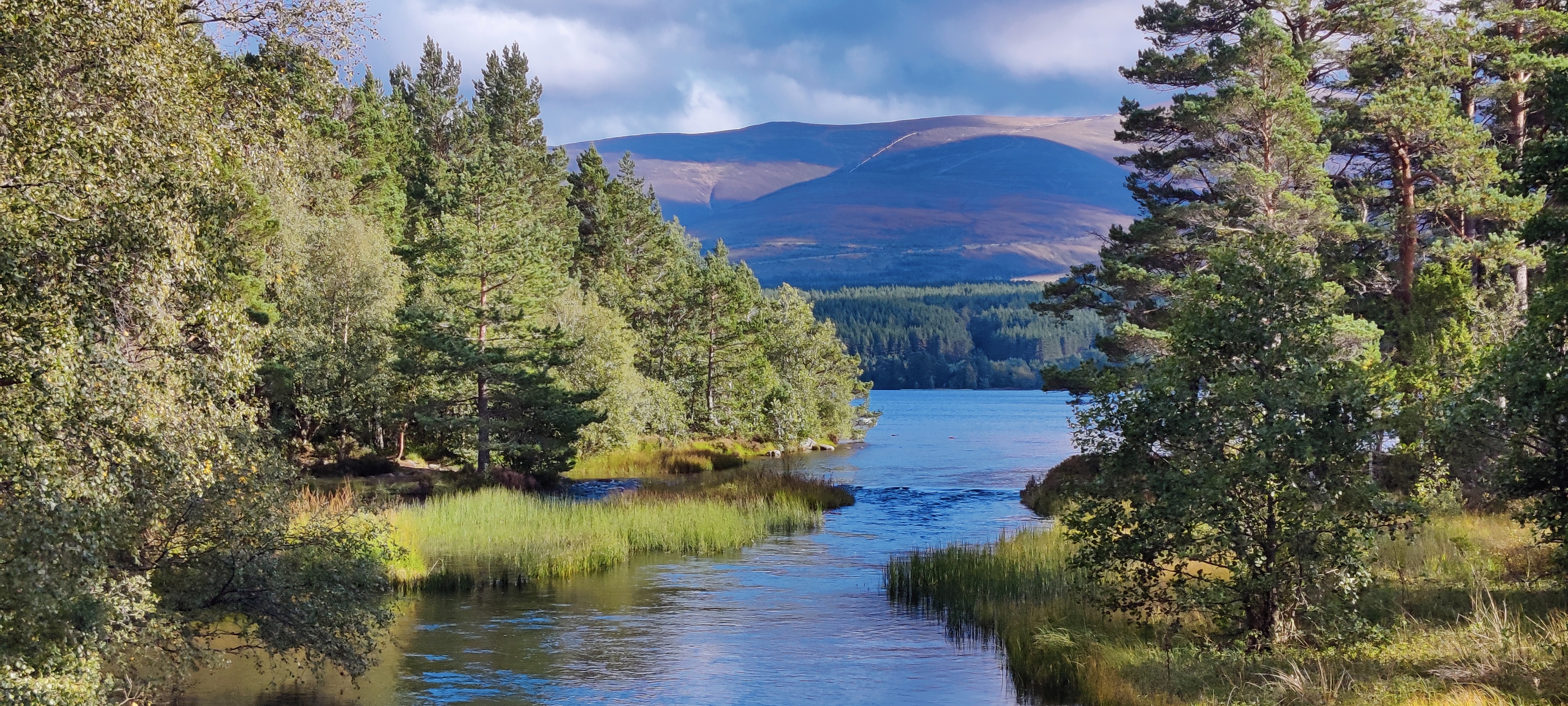
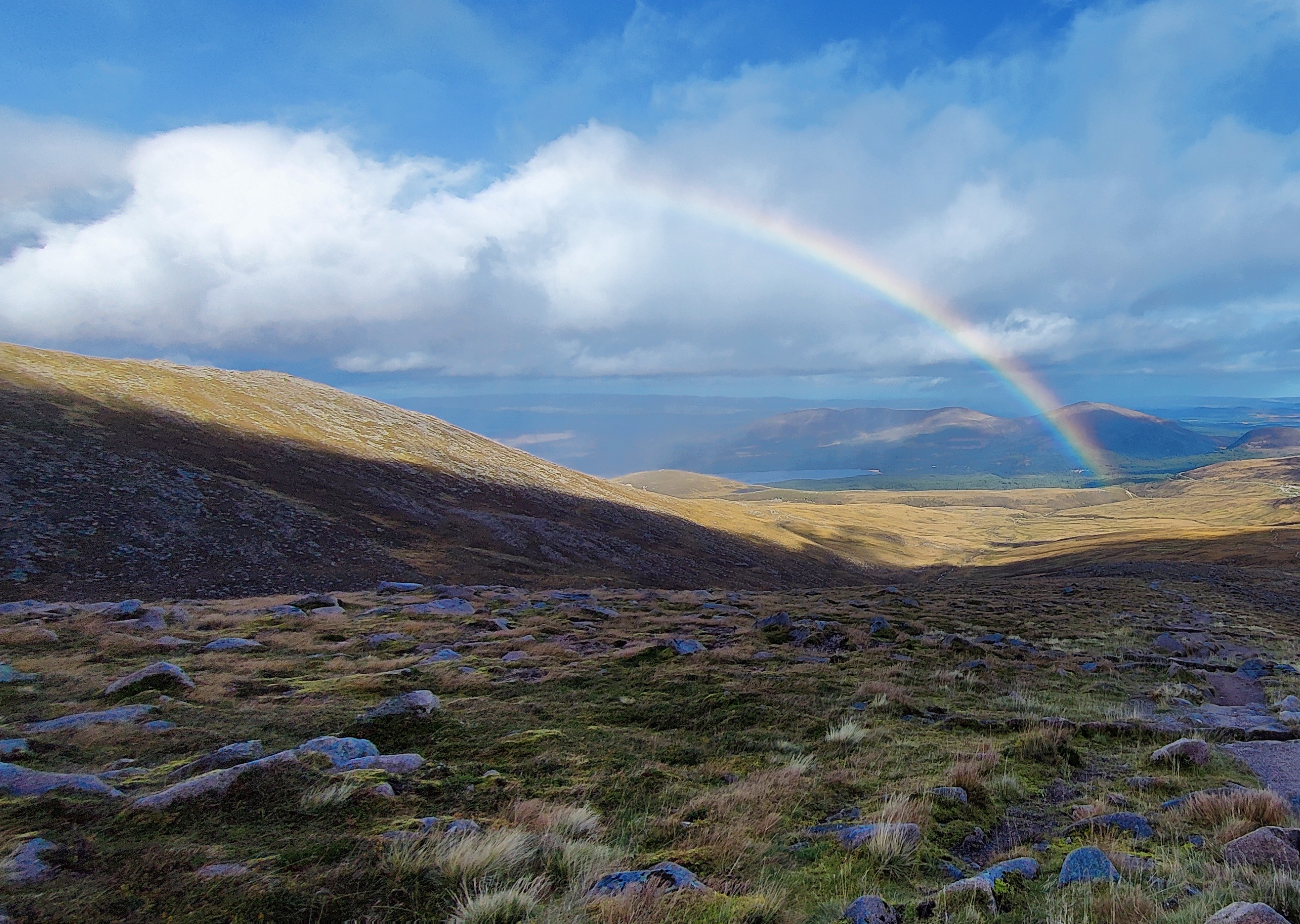
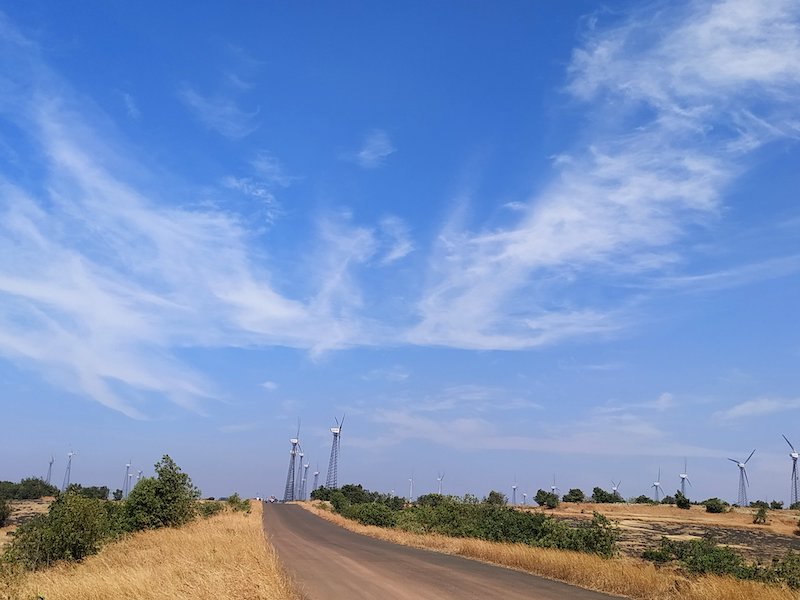
You have shown me the real Hampi, Hats off to you, I am also planning my trip to Coorg & Hampi. What do you suggest is Evolve Back Resorts good options or are there other resorts also developed of the same category.